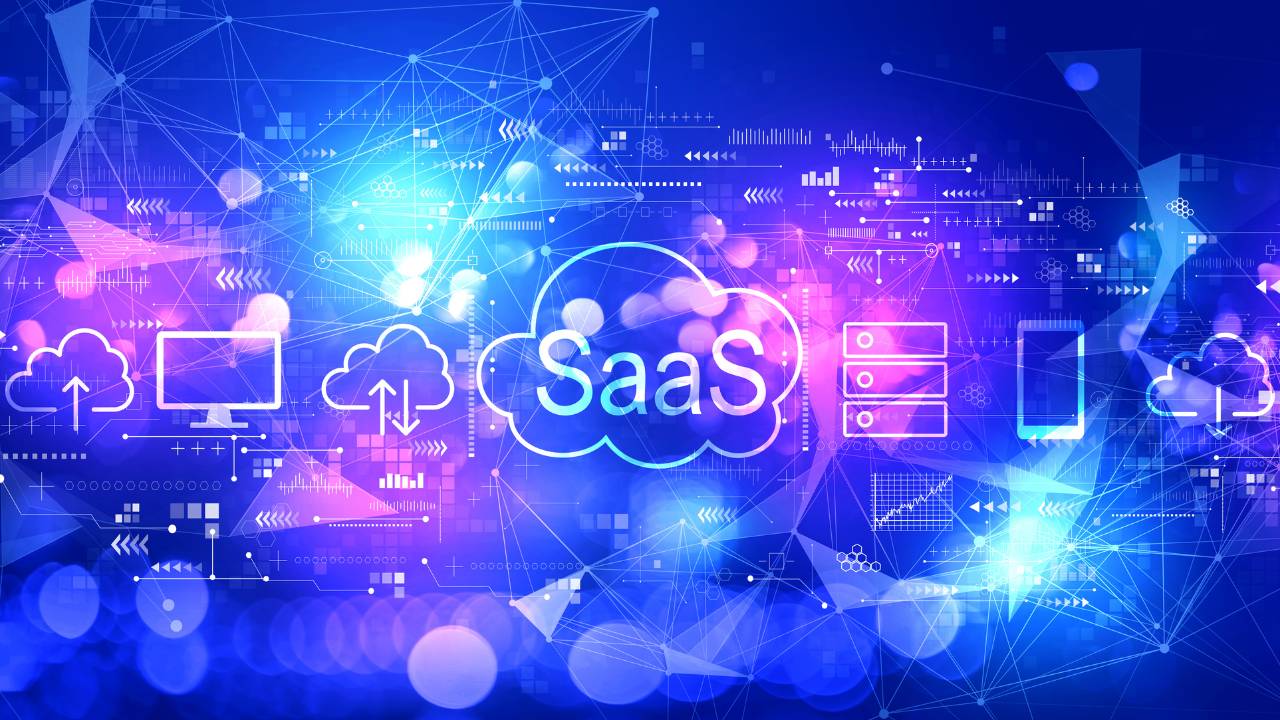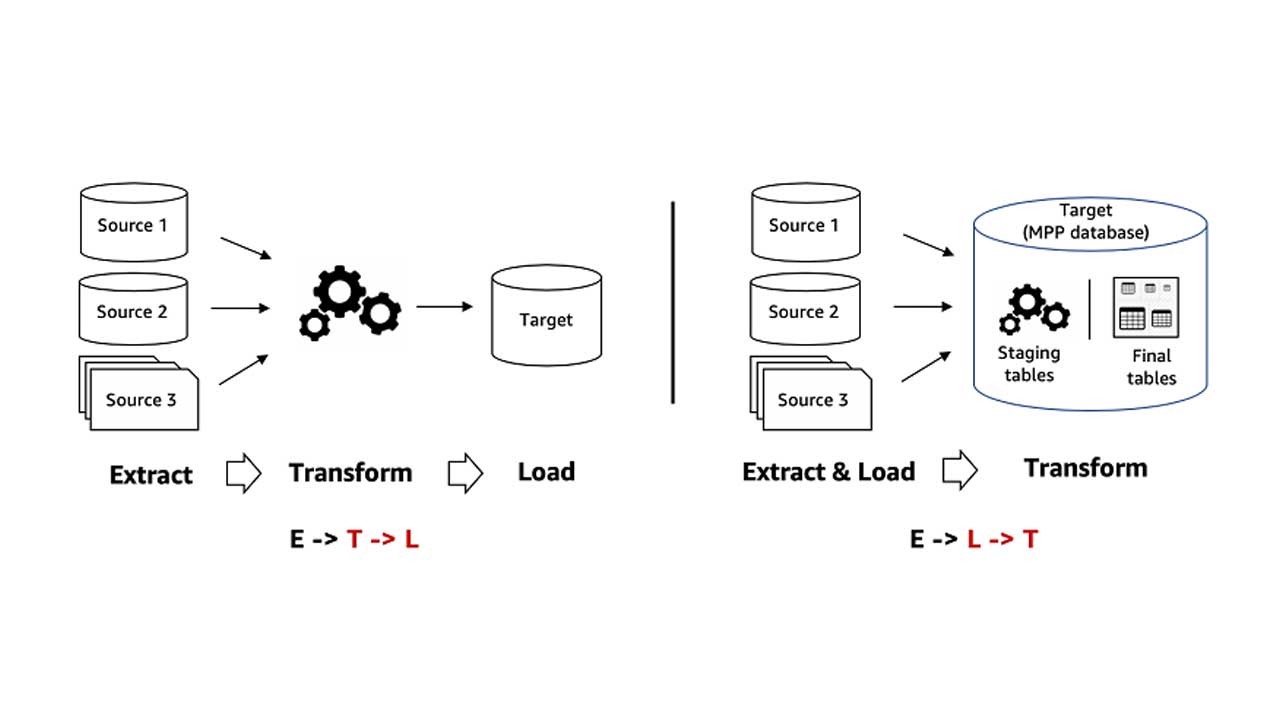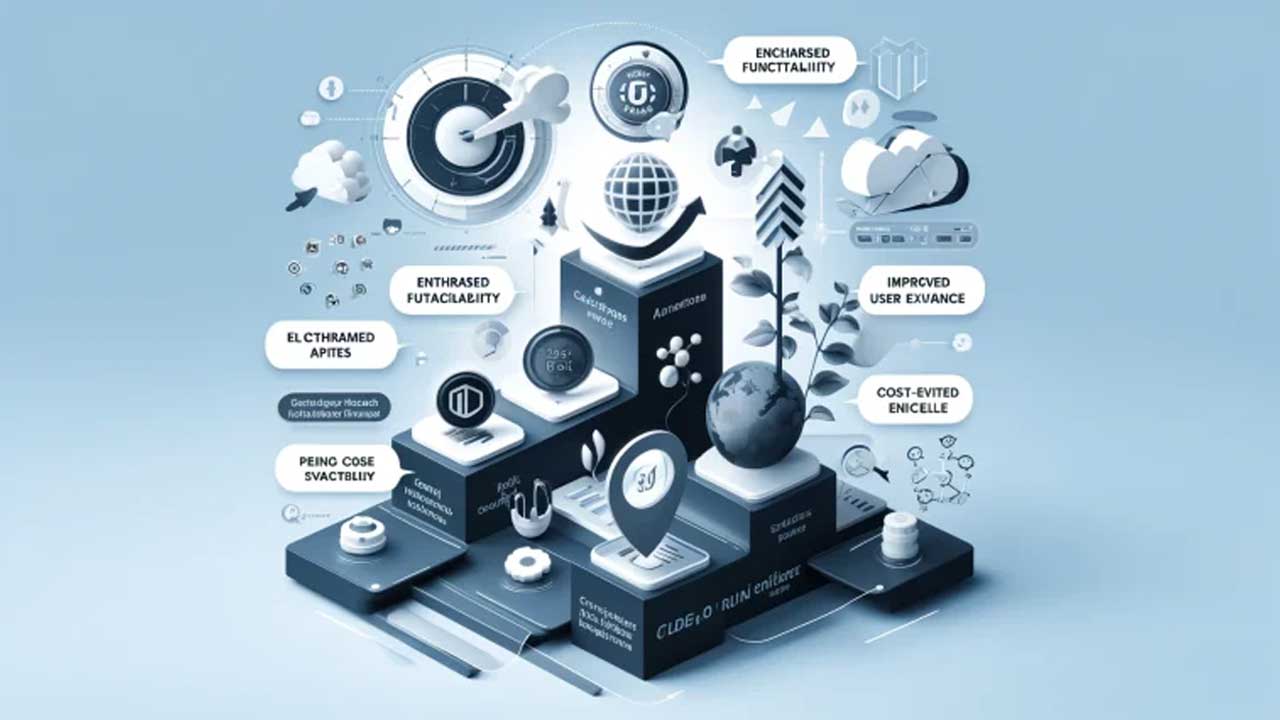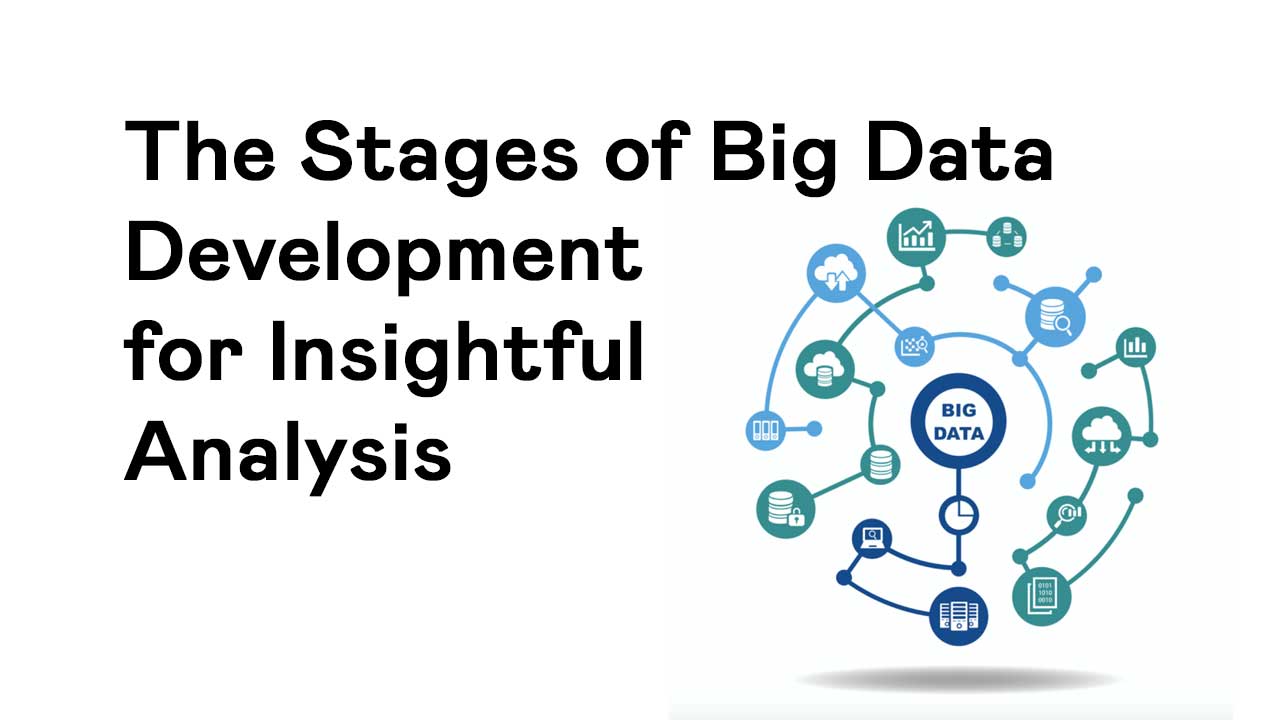SaaS Migration: Ensuring Smooth and Easy Transitioning to SaaS with Professional Expertise
Migrating legacy systems to a Software as a Service (SaaS) platform can be a complex and challenging process. However, with the right expertise and a structured approach, this transition can be seamless and minimally disruptive to business operations. Our team of professionals is adept at understanding these complexities, conducting thorough assessments, and designing a robust migration strategy.
Understanding SaaS Migration
What is SaaS Migration?
SaaS migration involves moving applications, data, and workloads from on-premises or other legacy systems to a cloud-based SaaS environment. This process not only requires technical adjustments but also changes in business processes, data management, and user interaction.
Why Migrate to SaaS?
Migrating to SaaS offers numerous benefits, including reduced IT costs, enhanced scalability, better security, and improved accessibility. SaaS solutions enable businesses to stay competitive by adopting the latest technologies without the need for significant upfront investments in hardware or software.
The Complexity of Legacy Systems
Challenges in Migrating Legacy Systems
Legacy systems often run on outdated technology, making them incompatible with modern SaaS platforms. These systems might also have custom-built features that are difficult to replicate in a new environment. Additionally, data integrity and security concerns add to the complexity of migration.
Importance of Professional Expertise
Expertise is crucial in addressing these challenges. Our professionals are equipped with the knowledge and experience to navigate the intricacies of legacy systems. They ensure that every aspect of the migration process is handled meticulously to avoid potential pitfalls.
Thorough Assessment of Existing Infrastructure
Comprehensive Evaluation
Before initiating the migration, a comprehensive evaluation of the existing infrastructure is essential. This involves identifying the current hardware, software, data, and processes. Understanding the dependencies and interconnections within the system helps in planning a smooth transition.
Identifying Potential Issues
During the assessment, potential issues such as data redundancy, compatibility problems, and security vulnerabilities are identified. Addressing these issues beforehand ensures a more efficient migration process and reduces the risk of disruptions.
Designing a Migration Strategy
Customized Migration Plan
Each business has unique requirements and constraints, which is why a one-size-fits-all approach doesn’t work. Our team designs a customized migration plan that aligns with the specific needs of your business. This plan includes timelines, resource allocation, risk management, and contingency measures.
Minimizing Business Disruption
One of the primary goals of the migration strategy is to minimize disruption to business operations. This is achieved by planning the migration in phases, conducting thorough testing, and ensuring that critical systems remain operational throughout the process.
Executing the Migration
Phased Implementation
Implementing the migration in phases allows for careful monitoring and quick resolution of any issues that arise. It also ensures that users can adapt to the new system gradually, reducing resistance to change.
Continuous Monitoring and Support
Our professionals provide continuous monitoring and support during and after the migration. This ensures that any post-migration issues are promptly addressed, and the new SaaS environment operates smoothly.
Conclusion
Transitioning from legacy systems to a SaaS platform can be daunting, but with the right expertise and a well-structured approach, you can achieve it with minimal disruption to business operations. Our team of professionals ensures a smooth and easy transition by conducting thorough assessments, designing a customized migration strategy, and providing continuous support.
FAQs
1. What is the first step in SaaS migration?
The first step in SaaS migration is conducting a comprehensive assessment of the existing infrastructure. This helps in understanding the current setup and identifying potential challenges.
2. How long does the SaaS migration process take?
The duration of the SaaS migration process varies depending on the complexity of the legacy system and the specific requirements of the business. Our team develops a customized migration plan with a clear timeline to ensure a smooth transition.
3. How can business disruptions be minimized during migration?
You can minimize business disruptions by planning the migration in phases, conducting thorough testing, and ensuring critical systems remain operational throughout the process.
4. What kind of support is provided after the migration?
Continuous monitoring and support are provided after the migration to promptly address any post-migration issues and ensure the new SaaS environment operates smoothly.
5. Why is professional expertise important in SaaS migration?
Professional expertise is crucial in addressing the complexities of legacy systems and ensuring a seamless migration process. Our knowledgeable and experienced experts meticulously handle every aspect of the migration.









